Exploring Biblical Midrash, Fiction and Creative Non-Fiction –
Which genre is your fave?
MIDRASH
Midrash, a Hebrew term that means mi (from) drash (exposition/inquiry), is a bid to understand what the Bible is really saying.
Throughout history, priests, scholars and commentators have put flesh on the Bible’s barebones by expanding on its message through Midrash. Initially oral, it was written down around the year 200.
Today, you can buy a complete Midrash in English in several volumes, if you are so inclined.
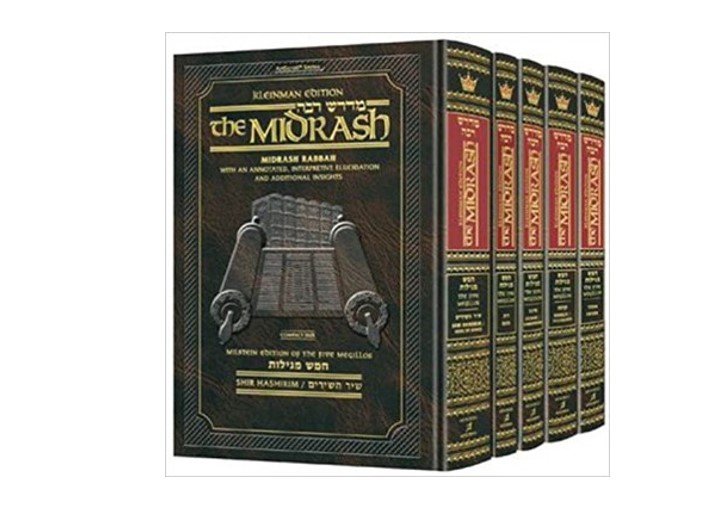
Midrash can deepen the context of a passage by examining its history, the author and its spiritual meaning.
Today’s authors use modern Midrash to deepen our appreciation of local culture and the story world of its time. Characters’ feelings and motivations are explored.
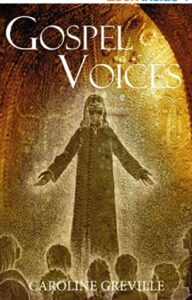
Bordering on fiction, it remains within the bounds of what is in the text.
When I have taught on the Bible story of Peter and Cornelius in Acts 10, some of my students have created a character and their perspective on what happened. Others stuck to wondering what Simon the Tanner’s house might have been like or how Peter traveled to Caesarea from Jaffa or whether he might have worried about evangelizing to a Gentile.
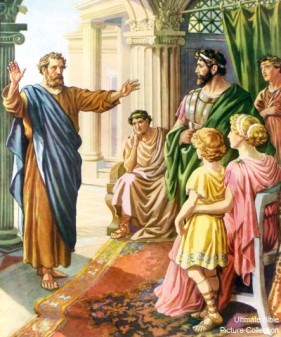
In this case, character creation would be biblical fiction. Sticking to the story would be midrash.
BIBLICAL FICTION
The moment the writer adds new characters or dimensions outside of what is in the biblical text, they are entering the realm of fiction:
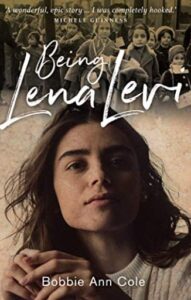
- My book Being Lena Levi is inspired by the story of two women who appear before Solomon claiming one baby. That could make it midrash. It is set in England and the newly formed State of Israel in 1950. In my story, the ‘baby’ has grown: she is nearly fifteen when she discovers she has ‘two mothers’. This is definitely fiction.
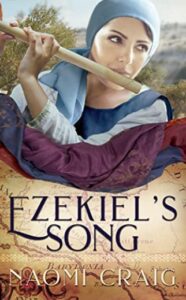
- Naomi Craig’s Ezekiel’s Song gives the prophet’s wife a name, Shira, (meaning “she sings”). She also gives her a career singing with the Temple singers. This goes well beyond what the Bible tells us about Ezekiel’s wife. Genres on Amazon: Christian Historical Fiction, Religious Historical Fiction, Christian Fiction.

- Natasha Woodcraft’s The Wanderer Scorned is a fable around the Cain and Abel story that bills itself as, “An Ancient Tale Re-imagined.” Genres on Amazon: Christian Fantasy, Christian Fiction.
CREATIVE NON-FICTION (aka NARRATIVE NON-FICTION)
This genre makes non-fiction read like story. Not surprisingly, it is growing exponentially in popularity.
Lee Gutkind, author of You Can’t Make This Stuff Up, the definitive guide to creative non-fiction, has a simple definition of this genre, whose name alone seems to have the power to upset folk. He calls it: “True stories, well told.”
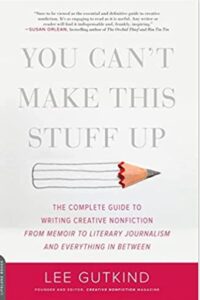
“The goal,” he says, “is to make non-fiction stories read like fiction so that your readers are as enthralled by fact as they are by fantasy. But the stories are true.”
Christian author and creative writing tutor
, says, “I think creative non-fiction is no less creative than midrashic work; we still take time over our imagery, phrasing, setting and tone. We still think about the overall flow of a project. We become a character ourselves in this sort of writing and have our own narrative arc, as we’re not in the same place at the end of our manuscript as we were at the start.”
Gutkind agrees. “What is most important and enjoyable about creative non-fiction is that it not only allows but also encourages writers to become a part of the story or essay they are writing. This personal involvement creates a special magic.”
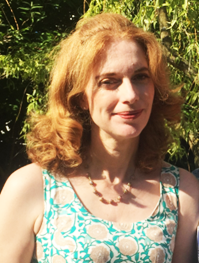
Greville defines what he means. “There’s more of myself in creative non-fiction. While my personal insight and experiences find their way into my characters in my midrash writing (Gospel Voices and The Unfinished Story), I’m revealing more of myself in my work such as Nature Notes and Badger Clan. It’s not just that my characters believe something; I am deliberately and explicitly sharing what I believe, and how I’ve reached that understanding.”
Truman Capote’s In Cold Blood, 1966,is often cited as the daddy of creative non-fiction. His book charts his own examination of four murders of the Clutter family in a small, Kansas farming community in 1959.
Creative non-fiction favorites of mine include:
- Laura Hillenbrand’s Sea Biscuit, #2 in Horse Racing (Books), #2 in Equestrian Sports (Audible Books & Originals), #5 in Sports History (Audible Books & Originals),
- Susan Orleann’s The Orchid Thief, #11 in Orchid Gardening, #24 in Southern U.S. Biographies, #1,666 in True Crime (Books)
- Erik Larson’s In the Garden of the Beasts, #12 in German History (Books),
#41 in Jewish Holocaust History, #89 in Political Leader Biographies
I have included the books’ genres to demonstrate that creative non-fiction has not been the genre choice of these bestsellers.
Bible stories are more than ripe for handling as creative non-fiction. This is exactly what I am doing with Mary’s painful story of her journey from mothering Jesus to accepting him as her God and becoming his disciple.
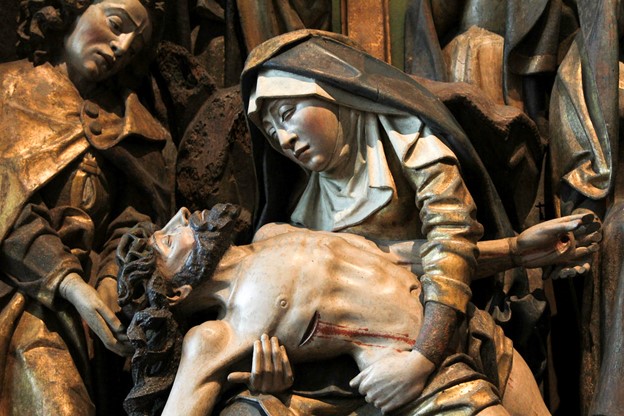
Greville concludes, “At the outset, we wait on God and pray He inspires us to come up with the project ideas: the important thing is that he is in all of it.”
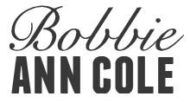
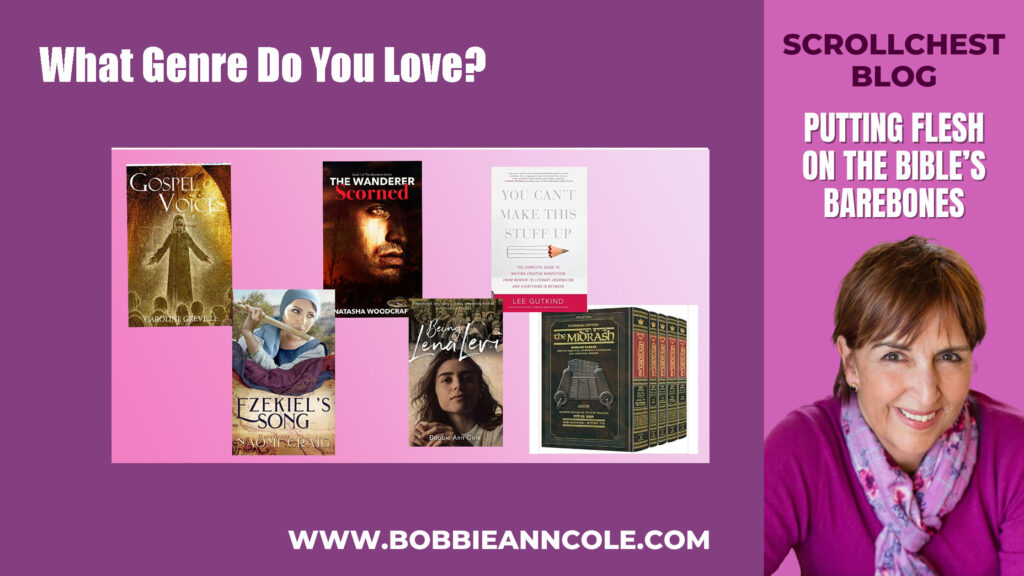
Thank you Bobbie for opening up this topic and for highlighting some books and examples we can explore as well. Moreover, thank you for leading the way in this creative non fiction genre. I am now even more interested in reading your book on Mary than I was already.
The creative non-fiction genre would suit your work very well, Gaetane.